17




Heritage 2011: Education
October 28, 2011 www.plaintalk.net
17
New middle school offered ‘unique open area’
By David Lias
david.lias@plaintalk.net
In 1966, when the “old” Vermillion High
School on Church Street was razed as students
began attending a brand new high school on East
Main, school officials still had a problem.
It was struggling to find an appropriate home
for its middle school students.
Beginning in the 1920s, when a new addition
was built on to the “old” Vermillion High School,
middle school students were housed in the older
portion of that building.
At some point, however, that space evidently
became inadequate.
In 1958, school administrators turned to the
“old” Jolley elementary school which was emptied
in 1954 when the present-day Jolley elementary
school was constructed. According to the Aug. 28,
1958 Plain Talk, the old building was remodeled
and included rooms for home economics and
industrial arts.
The transfer of seventh and eighth grade
students to this newly-remodeled space was
designed to relieve “an overcrowded situation” in
the “old” high school building, according to the
Plain Talk.
This wasn’t a permanent solution to housing
middle school students in the Vermillion School
District, however.
On February 10, 1970, a bond issue election to
provide funding for the construction of a new
middle school in Vermillion received record voter
turnout. Over 1,700 patrons of the Vermillion
School District cast ballots in the election, and
approved the issuance of $1.4 million in bonds to
build the present Vermillion Middle School.
A total of 1,056 voters favored passage of the
bond issue, while 658 voted no, according to the
Vermillion Plain Talk.
At the time, the “new” high school building, Students were greeted by what was perhaps one of the most uniquely-designed school buildings in Vermillion’s history when the present-day
which began holding classes in 1966, was often Vermillion Middle School opened in the fall of 1972. The Plain Talk described the core area of the building as a “large Instructional Materials cencalled the junior – senior high school. It evidently ter, surrounded by 18 open classrooms and two science laboratories.”
soon didn’t have enough room to house all of the
junior high and senior high grades.
The March 12, 1970 Plain Talk includes a
“The general sentiment of the board and those present was in favor of this teaching method
report of a school board decision to house the seventh grade in the “new” Jolley School
and reported that in contacts with other schools and administrators it is becoming a widely
gymnasium while the middle school was being constructed.
accepted method,” according to the Plain Talk report. After this discussion on teaching methods
It was an option met with opposition from some parents in the school district. The April 16,
the board returned to the ‘where’ aspect of the question and finally decided to authorize
1970 Plain Talk reported that at a school board meeting earlier that week, attended by a few
Superintendent Ashbaugh to discuss renting space from local churches and then move the
parents, “serious opposition was voiced against housing the seventh grade in the Jolley School
kindergarten and three Special Education classes from the old Jolley school into these rented
gymnasium. Board member Jim Jorgenson reported many calls and other contacts from parents
quarters.”
opposing the plan because of the lack of facilities for Physical Education. But when asked if any
In August, 1970, the school board agreed to set Sept. 15, 1970 as the date to sell the bonds to
of those opposed had offered alternative plans, Jorgenson replied that those who voiced
pay for construction of the present middle school. The board planned to let bids for the building
opposition felt that it was the board’s problem.
project later that month, with the goal of having the new building ready for occupancy for the
“The basis for the discussion among the parents shifted from the ‘where’ to the ‘why.’ Several
1972-73 school year.
raised questions about the value of the Team Teaching method, the reason for the move,” the
What was constructed was perhaps one of the most uniquely-designed school buildings in
Plain Talk reported. One parent asked if this style of teaching didn’t actually lead to a breakdown
Vermillion’s history. It accommodated 800 students in grades five through eight. The Plain Talk
in discipline because of the freedom allowed a student. Another felt that the system was poor
because of the lack of signs of accomplishment.
? VMS, Page 19
ROOTED
IN
TRADITION
HIS T ORY IN THE MAKING
HISTORY
MAKING
First Dakota had its beginning in 1872 when it became the first fully chartered
bank in the Dakota Territory. At that time, banking was mostly involved
Territory.
e
with the land; farming, cattle ranching, horse and mule trading. Persevering
through money panics, droughts, wars, market crashes, tight money and high
interest rates, got First Dakota to where it is today – 14 locations and over $800
million in assets. Throughout the years, we have kept our focus on building
relationships and serving the community.
community.
y
Vermillion 624.5555 :: 111 Court Street
Vermillion 624.5555
Court Street
FIRSTDAKOTA.COM
FIRS TDAKOTA .C OM
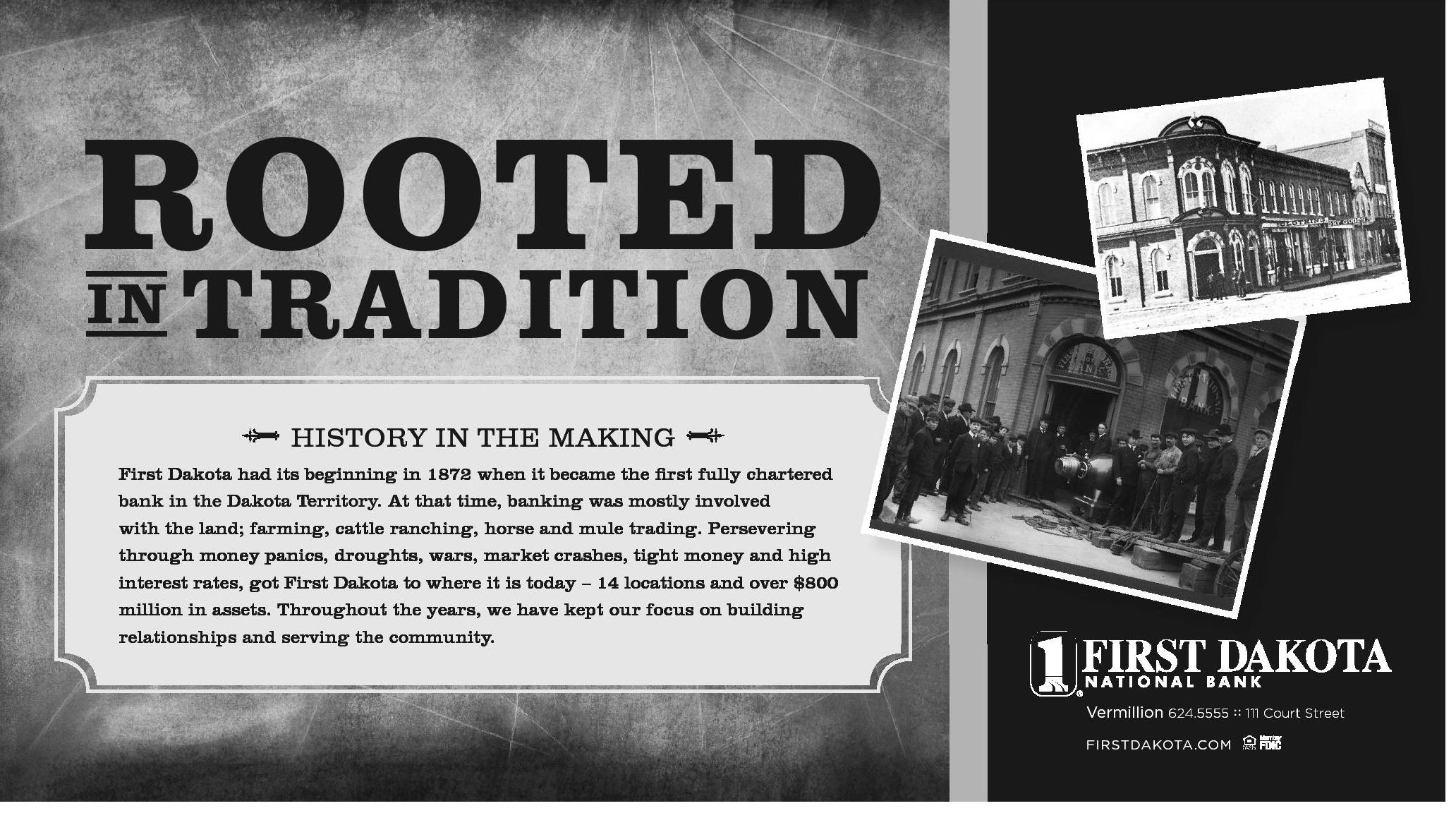
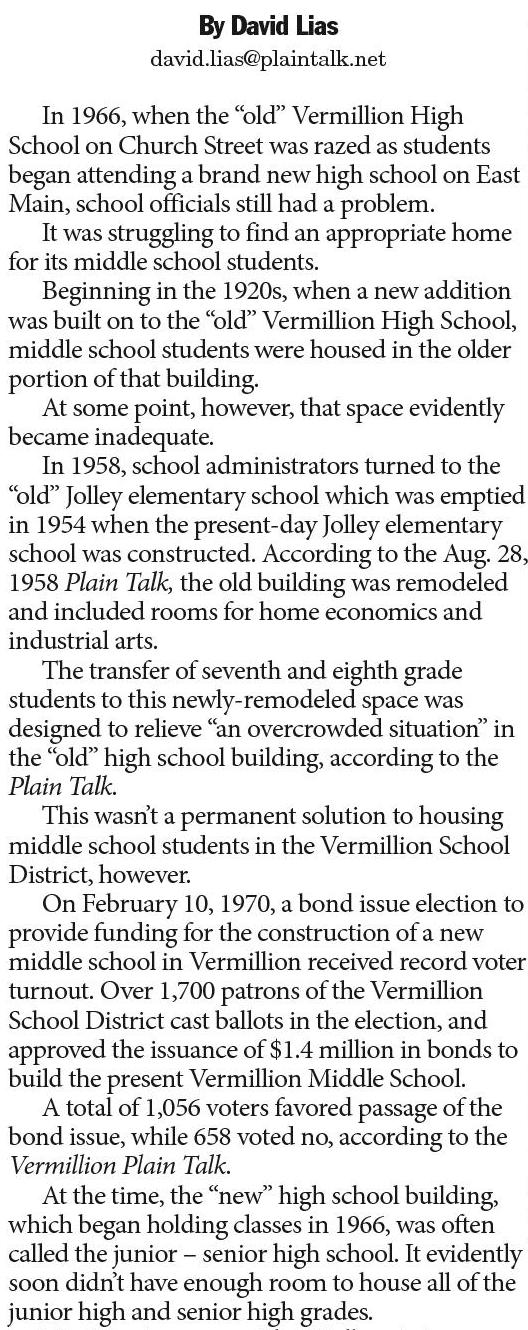

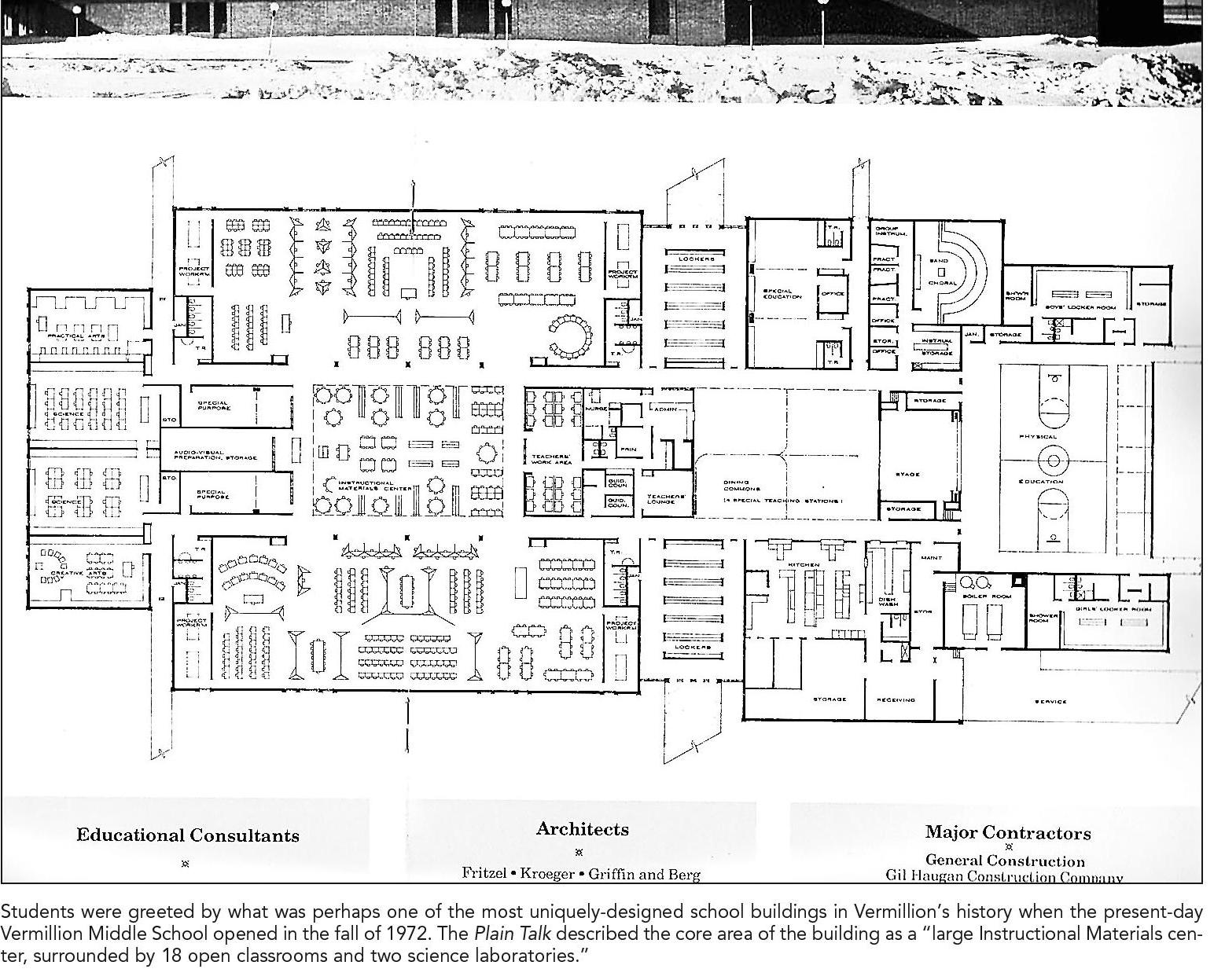

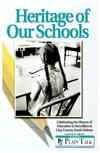

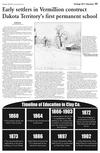

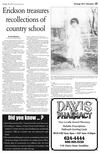
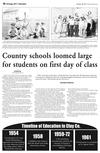
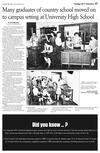

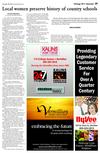



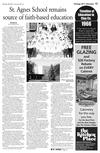
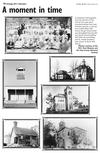
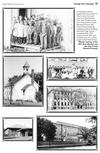
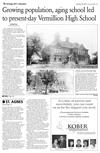

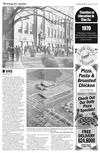
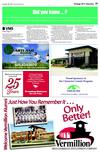

 Previous Page
Previous Page






